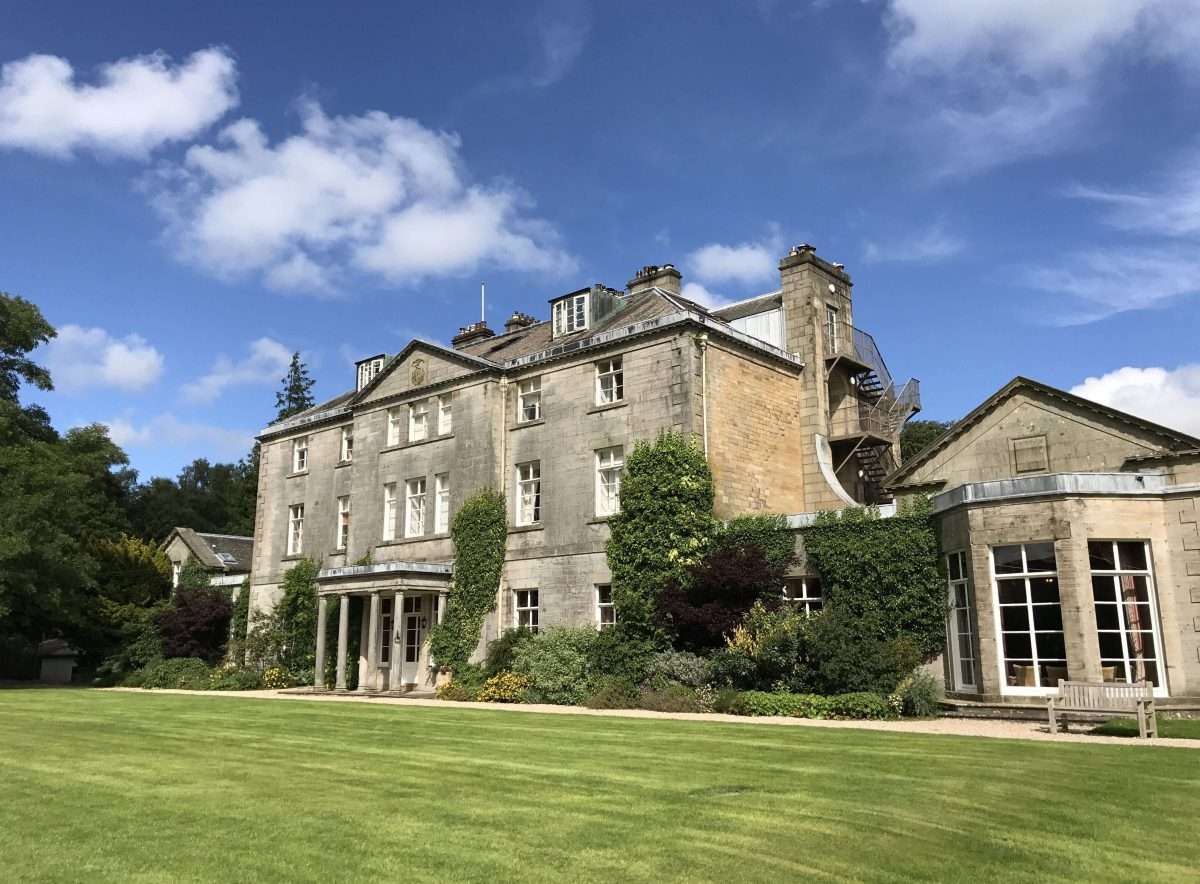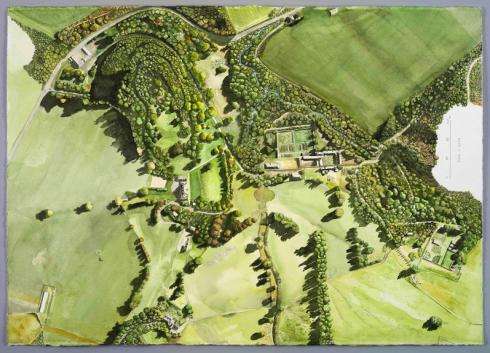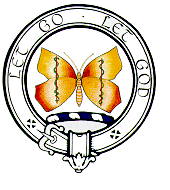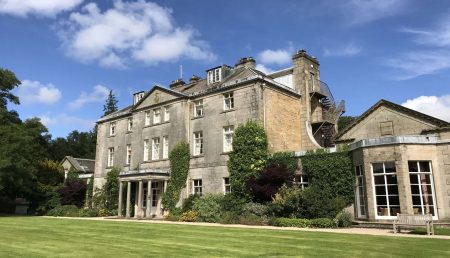
An Ancient Scottish Estate
Located between the towns of Peebles, Biggar, Skirling and West Linton; the history of the Castlecraig estate dates back to the Romans and Druids.
Castle Craig Building
Castle Craig is a Category B listed building, built in 1798 by the Earl of Hyndford, whose family name was Carmichael.
The building has retained many of its original features including magnificent fireplaces, marble pillars, exquisitely carved panelling and furniture and many other features.
The Castlecraig estate itself goes back into the mists of time, beginning, from what we know, as a temporary Roman Camp with a Roman Fort.
The Castlecraig Estate
It was first mentioned in 1170 when it was confirmed to Bishop Engelram of Glasgow by Pope Alexander III.
By the 1500s Castlecraig estate was under the ownership of the family Geddes of Rachan. The small graveyard on the estate contains the remains of an ancient parish and graves of local parishioners, dating from the 1600s.
In the 1760s Castlecraig estate was purchased from Geddes of Rachan by Sir John Carmichael (later Earl of Hyndford) who built the main mansion house on the Castle Craig estate in 1798.
Historic Scotland describes it as “A restrained classical mansion with centre 3 storey block and pedimented slight projection, flanking 1 storey wings terminated in pedimented pavilions.”

In 1905 Castle Craig estate was purchased by James Mann, a Glasgow industrialist, who remodelled the house with the help of the architect Sir John J. Burnett.
In 1940 Castlecraig estate was put up for sale by the daughter of James Mann and was purchased by Major E.G. Thomson. During World War II Castle Craig was converted into an auxiliary hospital for the war wounded.
After the War, in 1946, the main house and whole estate were gifted by Major Thomson to Peeblesshire County Council. The house was converted into a residential school for children with respiratory problems such as asthma.
When Peter and Margaret McCann took over care of the estate, the first task on hand was to restore the decor in keeping with the period whilst converting the building into a 55-bed capacity treatment centre.

The building has retained many of its original features including magnificent fireplaces, marble pillars, exquisitely carved panelling and furniture and many other features.
Over recent years, other parts of the estate’s grounds and buildings have been developed to make the majority of the estate fully functional as an addiction rehabilitation clinic, in a dramatic and beautiful countryside setting.
In particular, we have renovated and built around the old coach houses which are now additional care facilities with gym and dining room; and the old gatehouses which are listed buildings; we have made every effort to preserve the original feel of the estate while incorporating a progressive and modern touch worthy of a leading hospital.
The Coat of Arms
Every feature on the Coat of Arms is highly symbolic of the work at Castle Craig and our purpose:
- The 12 Steps;
- The Butterfly, signifying new life;
- The Scottish Saltire of St. Andrews;
- The symbolic serpent-entwined rods of Asclepius, the Greek God associated with healing and medicine;
- The Camel – which can travel a long way, one day at a time without a drink;
- The Mustard Tree which starts as a tiny seed and grows into a big tree where the birds of air nest – this is like our recovery starting as a seed which then nurtures and supports others.
- Heading up the coat of arms is our motto ‘Let Go Let God’ – an AA slogan so important in recovery.


Download Our Brochure
How Can Castle Craig Help?
Who will I speak to when I call Castle Craig?
When you call you will reach our Help Centre team who will give you all the information you need to help you decide whether to choose treatment at Castle Craig. If you decide that you would like to have a free screening assessment you will be asked a series of questions to build up a picture of your medical and drug use history as well as any mental health issues you are facing. If you decide you want to proceed with treatment you will be put in touch with our admissions case managers who will guide you through the admissions process.
How long is the rehab programme?
Residential rehab treatment starts at 4 weeks and can go up to 12+ weeks. Research shows us that the longer you stay in rehab and are part of the residential therapy programme, the longer the likelihood of continued abstinence and stable recovery.
How do I pay for rehab?
One concern we sometimes hear from people is how they will fund their rehab treatment. You can pay for treatment at Castle Craig privately, or through medical insurance, and some people receive funding through the NHS. The cost of rehab varies depending on what kind of accommodation you choose.
What happens at the end of my treatment?
Castle Craig thoroughly prepares patients before departure by creating a personalised continuing care plan which is formulated following discussions with the medical and therapeutic team. We offer an online aftercare programme which runs for 24 weeks after leaving treatment, in order to ensure a smooth transition back into your everyday life. Patients leaving treatment automatically join our Recovery Club where they can stay connected via our annual reunion, events, online workshops and recovery newsletters.